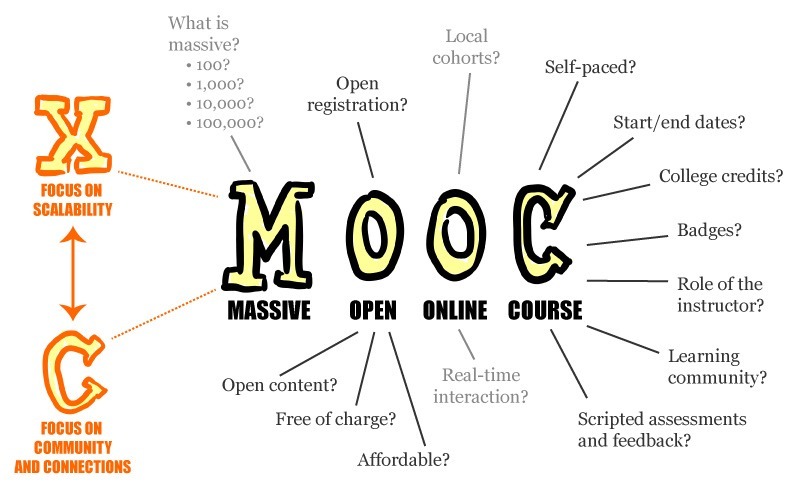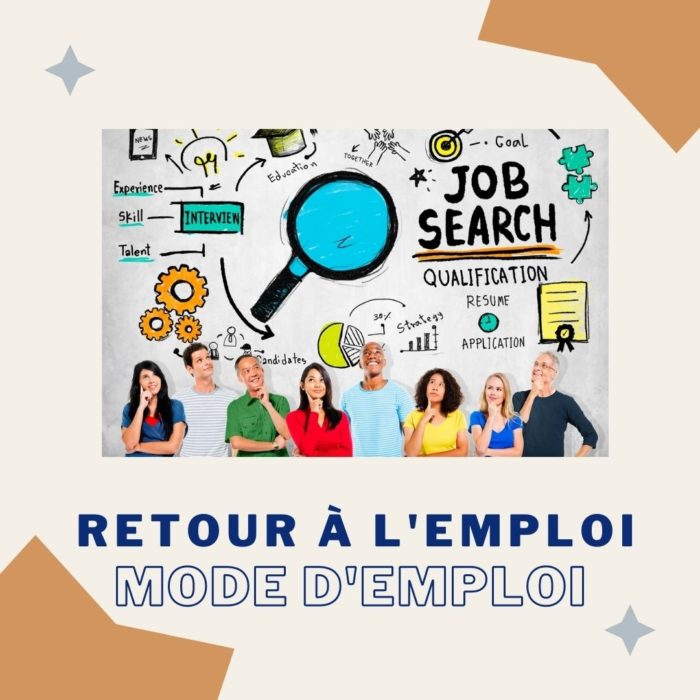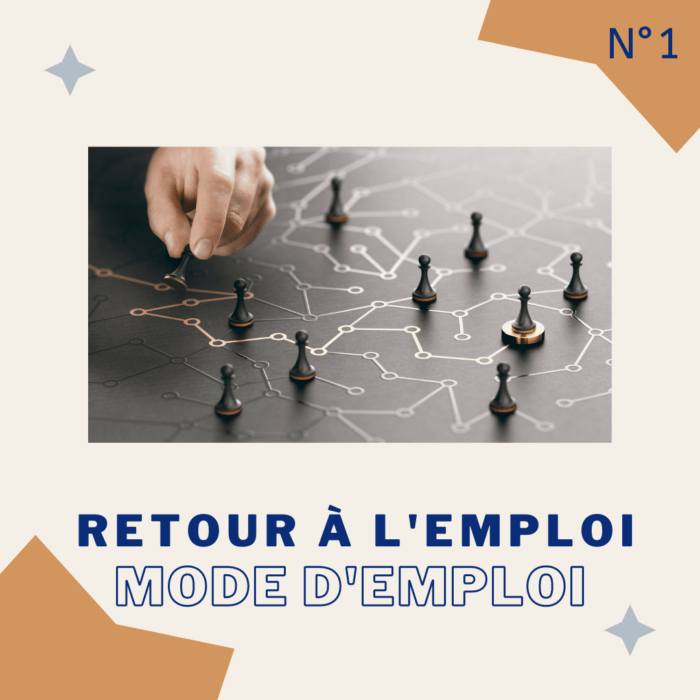Education enables.¹ Technology enables. Massive Online Open Courses, also known as MOOCs, are the latest way to bring these two together. MOOCs are for us. The masses. Online. Those who want knowledge, but do not want barriers.

Technology has been about to transform education for a long time. In 1841 the inventor of the blackboard was ranked among the best contributors to learning and science. In 1940, it was the motion picture, then television in 1957. Programmed learning came along in 1962, computers 1967² and in the 1990’s, the internet.
A common thread that runs through this history of technology trying to transform education is the property of scalability. A system that scales well will be able to maintain or even increase its level of performance, efficiency and quality when tested by larger operational demands.³ Technology in education facilitates this. It resizes or manages the operational demand no matter if two people or twenty thousand people turn up unlike a traditional classroom which, for example has a limit on the number of people it can hold. MOOCs can be more massive than even the course designers expect. The defining moment for this may have been in 2011, when Sebastian Thrun and Peter Norvig opened up enrollment to an online course ‘Artificial Intelligence’4 expecting, at most, a few thousands students to enroll. By enrollment close, the final number of registered students was 160,000. It was these properties of Massive and Open that turned the MOOC into a craze.
The first MOOC is unofficially pinned to the year 2008, when Stephen Downes and George Siemens led an online course called Connectivism and Connective Knowledge (CCK08). The aim of the course was to follow the philosophy of Ivan Illich, an Austrian philosopher who considered education in modern societies as institutionalized and ineffective, and who proposed instead a self-directed education supported by intentional social relations in fluid informal arrangements that "provide all who want to learn with access to available resources at any time in their lives; empower all who want to share what they know to find those who want to learn it from them; and, finally furnish all who want to present an issue to the public with the opportunity to make their challenge known".5
The MOOC term was coined by Dave Cormier and Bryan Alexander who used it to describe their free, open online course with over 2,000 students at the University of Manitoba.6 The term has since become the banner word for this evolving movement to transform education through technology. Today, there are many shades of MOOCs7 such as mobile MOOCs, blended MOOCs, small MOOCs, and many more. However, there are two that are different in their method and practice of providing education, the cMOOC and the xMOOC.
cMOOCs refer to a ‘constructivist’ or ‘connectivist’ learning experience. In other words, “students are empowered to learn what they need or want to learn, and the journey of learning is often more important than any predefined learning outcomes” (Wiley & Green, 2012, p. 88).8 cMOOCs represent the demand side of education. Some of the most common characteristics of cMOOCs are:
• People learn what they want to learn.
• Knowledge or content used is common and openly available.
• It can be repurposed, remixed, co-created and redistributed.
• There is no central platform.
• Participation is distributed so that a single event cannot collapse the course.
• There is diversity in participants and in teaching and learning methods.
Self-directed learning and self-organization underpin the cMOOC. It mirrors the real world which is fast paced and constantly changing. Information is unbounded, and demand for knowledge enormous. In order to manage this and to learn what we need for life’s evolving tasks, we must navigate these complex learning environments and be critically selective. The learning is in the doing.
In xMOOCs, the ‘x’ stands for extended. These are more representative of the behavioral approach. It is a more traditional, codified, and structured educational experience, similar to traditional online courses. This method is preferred by the elite Universities.9 xMOOCs represent the supply side of education. In an xMOOC:
• The teacher defines the course content.
• People select what they want to learn from the options available.
• Learners go to a central platform to participate.
• It’s the traditional classroom online: teacher and curriculum-centric.
• Assessment by peers or by computer is integral.
• Interaction between participants or the teacher is limited.
• Badges or certificates can be awarded.
• Learning is career-orientated.
How these two MOOCs have fared and the future of learning at scale will be the subject of the next part of this article.
References
¹ Enable: give power, means, competence, ability to; to authorize
http://www.dictionary.com/browse/open
² Making sense of MOOCs: Musings in a maze of Myth, Paradox and Possibility
http://www.tonybates.ca/wp-content/uploads/Making-Sense-of-MOOCs.pdf
³ Scalability: efficient and practical when applied to large situations
https://en.wikipedia.org/wiki/Scalability
4 Artificial Intelligence
https://www.udacity.com/course/cs271
5 Ivan Illich
https://en.wikipedia.org/wiki/Ivan_Illich#Deschooling_Society
6 Many Shades of MOOCs
http://digitalcommons.apus.edu/internetlearning/vol3/iss1/7/
7Making sense of MOOCs: Musings in a maze of Myth, Paradox and Possibility
http://www.tonybates.ca/wp-content/uploads/Making-Sense-of-MOOCs.pdf
8Many Shades of MOOCs
http://digitalcommons.apus.edu/internetlearning/vol3/iss1/7/
9Many Shades of MOOCs
http://digitalcommons.apus.edu/internetlearning/vol3/iss1/7/
Image credit: By Mathieu Plourde {(Mathplourde on Flickr) , via Wikimedia Commons





